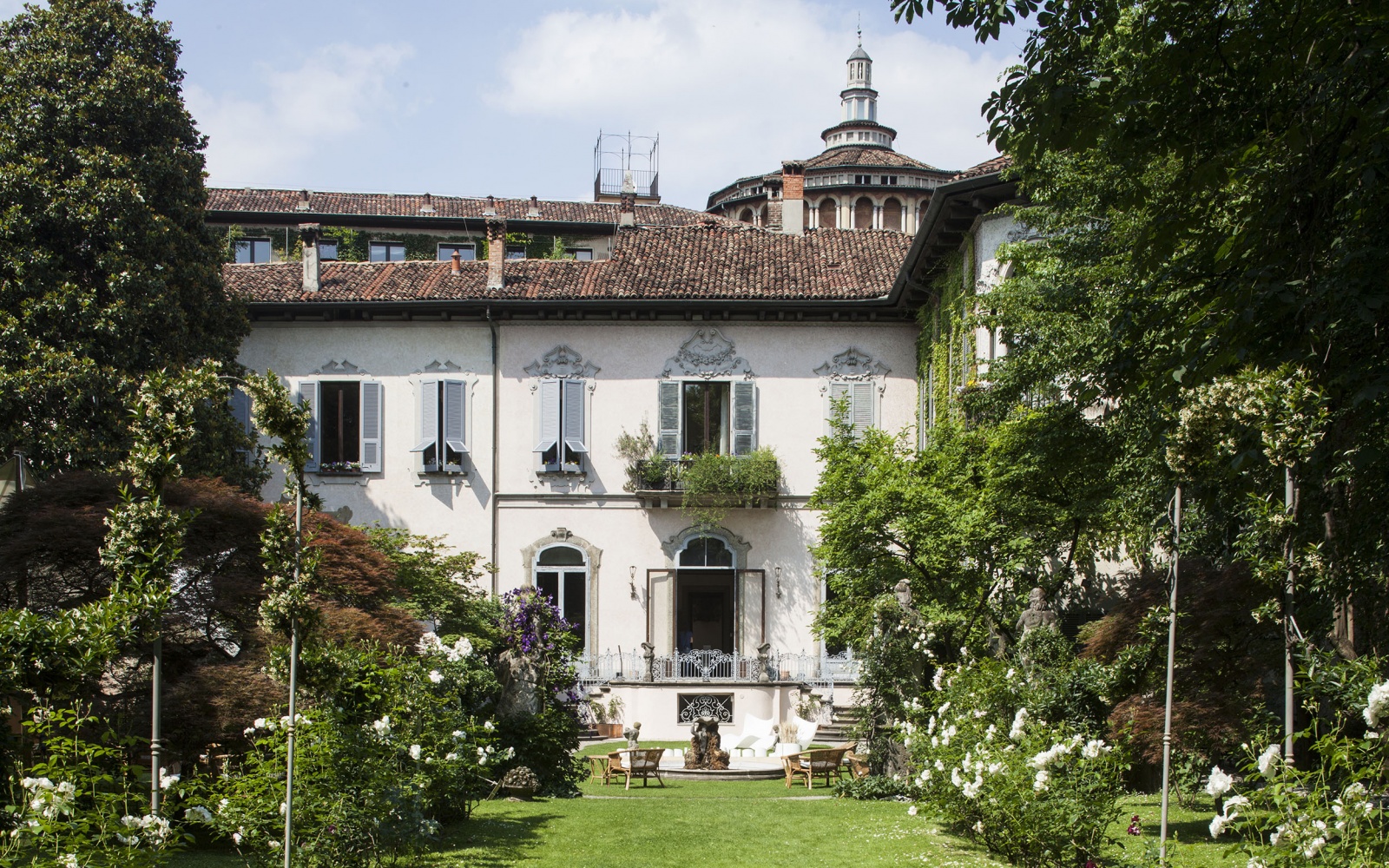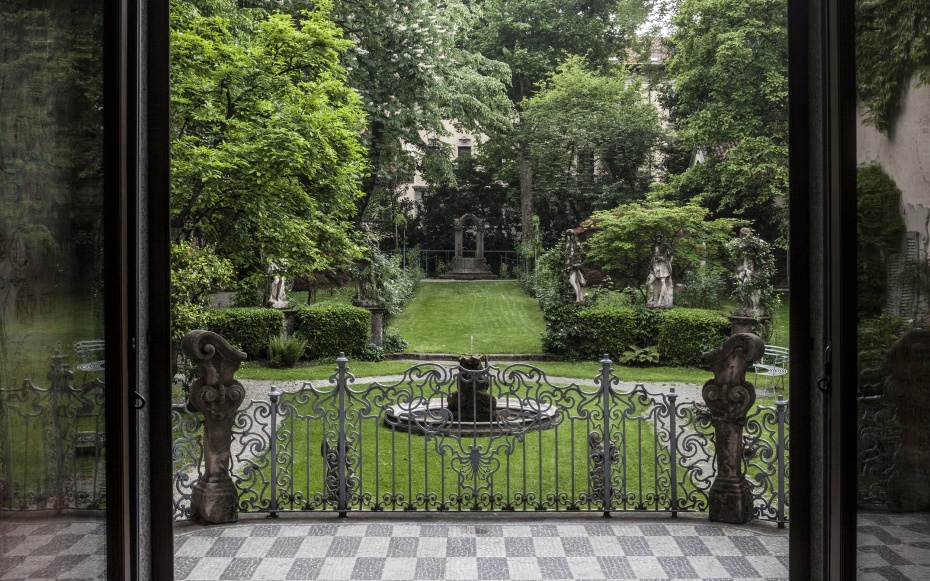
The Museo Vigna di Leonardo in Milan, across the street from The Last Supper, has restored Leonardo da Vinci’s vineyards and made them open to the public.
Despite recently extended opening hours, gaining access to Leonardo da Vinci’s Last Supper in Milan can be as difficult as getting tickets for a Prada show. But da Vinci fans have a new worthwhile alternative, directly opposite the Church of Santa Maria delle Grazie where the famous fresco resides.
The Museo Vigna di Leonardo at the privately owned Casa degli Atellani now is open to the public until October 2015 (though the period may be extended). Visitors to Milan can take guided tours of its frescoed salons, clipped and colourful gardens, and delightful courtyard space. But the pick of the palazzo is a small vineyard—part of a much-larger plot that once belonged to Leonardo da Vinci himself—that was replanted this year.
The house was presented in 1490 to the Atellani family, a dynasty of courtiers, by Ludovico il Moro, then ruler of Milan. It survived a flurry of noble owners until powerful Fascist industrialist Ettore Conti bought the property in 1919. His daughter happened to be married to Piero Portaluppi, the famous architect. Portaluppi knocked down walls, added frescoes, and updated the furniture, creating a successful blend, according to the audioguide, of “real and falsified history.”
Tours begin in the creeper-covered renaissance courtyard, complete with abandoned Gothic columns and a dusty Vespa scooter, now part of the scenery. Inside, highlights include the Sforza-Visconti Portrait Hall, whose ceiling is a festive flourish of frescoed arabesques and flowers.

But back to Leonardo, whose vineyard lies at the bottom of the verdant, statue-studded garden. In truth, its few neat rows of stripling vines are not the most startling part of the visit—it’s the history that fascinates.
In 1495, Leonardo was busy painting the Last Supper, in the aforementioned church across the Corso Magenta. As a reward, Ludovico gave him a vineyard, then planted in a 66-by-186-yard rectangular block. After work, he presumably popped across fairly frequently to see how his vines were getting along. Sadly, the would-be winemaker was separated from his beloved vineyard for most of the rest of his life, but in his will he asked for it to be divided between a former servant and his favorite pupil, Salai.
For 400 years the vineyard fell into obscurity, until Portaluppi came on the scene. With a historian friend, he pinpointed its exact location and photographed the remnants, which incredibly remained.
These were later destroyed, but recently the owners, along with a mix of Milanese institutions, decided to excavate. Archaeologists discovered the exact lay of the vines, while DNA experts determined the variety of Leonardo’s flavorful white grapes: Malvasia di Candia.
This variety has been replanted, though museum staff are unable to confirm whether they will ever be used to make wine. Yet the vineyard remains a fitting addition to the Milanese legacy of this all-round Renaissance genius.
More good reads from T+L:
• World’s Top 50 Hotels
• World’s Top 10 Cities
• Best Places to Travel in 2015